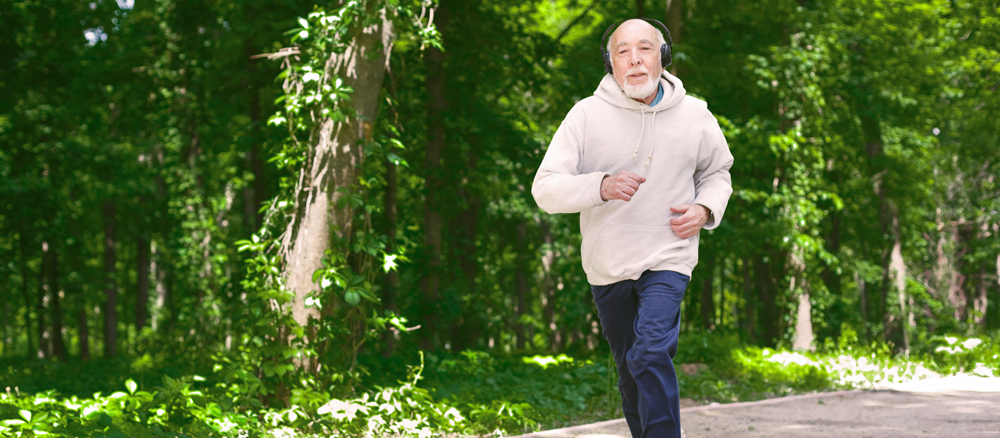Running, Walking and Weight Loss
February 25, 2020
Of all the ways to lose weight, running and walking may be the most accessible. Essentially, you just need a good pair of sneakers, and, from there, you're off to the races, so to speak.
You can run at anytime of the day or weather depending upon your tolerance level. You can do it alone or with company. You can do it on a trail, the road, or treadmill. And it's not just running that you can do with your sneakers, walking is also a great alternative to staying in motion.
Thanks to this accessibility, this is a primary reason why running and walking have become top choices to stay healthy and lose weight.
Still, running or walking for weight loss involves a bit more than hitting the pavement or treadmill and hoping the pounds disappear. You're going to need a plan, so here are several key things to think about when you're trying to lose the weight.
Key Things to Know About Weight Loss
Eating Right
Just because you're starting your movement campaign, it doesn't mean you can ignore your diet. In fact, there's a risk that you may even gain weight if you don't fuel properly.
Knowing your own calorie burn is important. As a runner, you burn about 100 calories per mile. So 2-3 miles is about 200 or 300 calories.
To lose weight, though, you need to create an overall calorie deficit. Weight loss is about creating a caloric imbalance, where you’re using slightly more calories than you’re consuming. So it's really necessary to be conscious of what you intake before and after your run.
Workout Days
When it comes to weight loss, moving and burning calories are what matters. Depending on what type of movement you like will determine how often you should do it. If you like sprinting, you'll burn a higher rate of calories per minute. If you like walking, you'll just need to walk longer.
A simple workout could involve three 30-minute runs a week, sprinting for 30 seconds then recovering for 30 seconds to a minute. This also creates an "afterburn" effect where the body continues to use calories after you finish your workout.
Cross Training
Cross Training can help you become a better runner and reduce injury. Putting in a couple of days of weight training can also help you lose weight. The more lean muscle mass you have, the more calories you’ll burn at rest, so don't forget about your upper body when you're putting a weight loss plan together.
Morning Exercise
When I first started running in high school, we always ran after school so I became conditioned to run at the end of the day. Now that I'm older, I love getting my workout done in the morning. There's nothing weighing over me and I feel more alive and stimulated throughout the day due to the endorphins as well as knowing I accomplished something important already.
Also, according to recent research, people who exercise in the morning are more successful at losing weight than those who worked out at night. In the study, researchers divided 48 women into two groups—one that did aerobic exercise in the morning for six weeks, and another who worked out in the evening—and asked them to record what they ate during the period. The results found that the early bird exercisers consumed less calories throughout the day and ultimately lost more weight than the night owls.
Additionally, it's been found that running before you eat breakfast in the morning burns more fat than running after eating. If you are heading out on an empty stomach, though, aim for a shorter and easier route, so you’ll avoid bonking midway through.
Get Your Rest
While maintaining good habits during the day—eating well, exercising regularly—are crucial for weight loss, resting at night is just as important for keeping off the pounds. In a study published by Plos One journal last year, researchers found that people who skimped on sleep were more likely to have higher body mass indexes and larger waist circumferences than those who got adequate shut-eye.
Numerous studies have found that daily aerobic exercise—specifically the moderate to intense type, like cardio, strength training, and yoga—improves our sleep quality, which helps us avoid the consequences of sleep deprivation such as increased risk of cardiovascular disease and metabolism issues. If you run in the evening, make sure to leave enough time before bed to let your body temperature and heart rate lower, so you don’t feel too revved up to fall asleep.
.png?width=258&height=54&name=Landice_logo%20(1).png)


